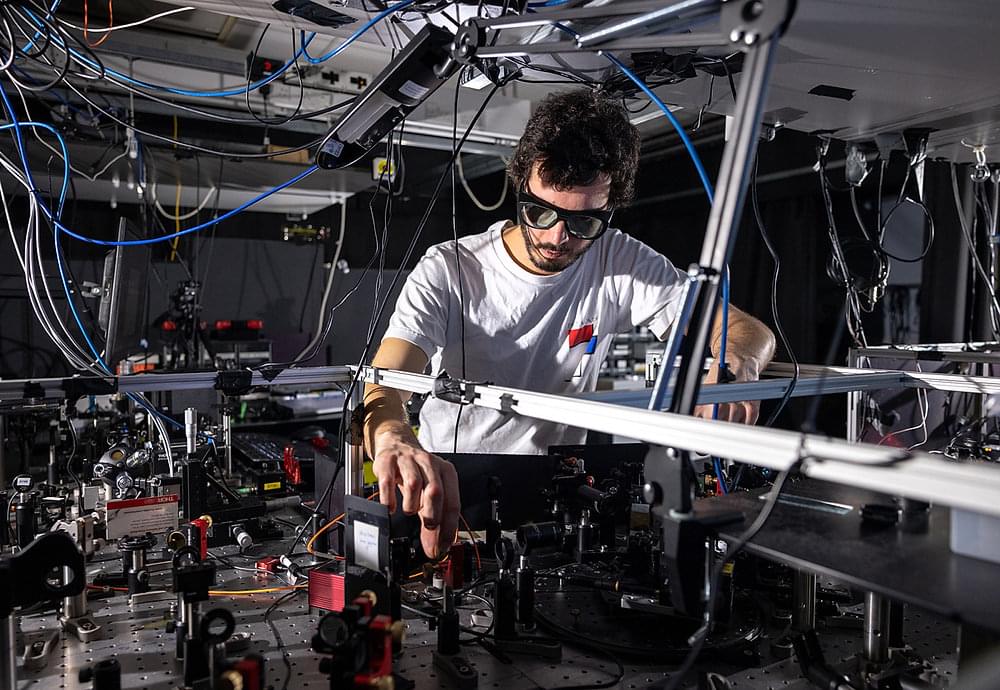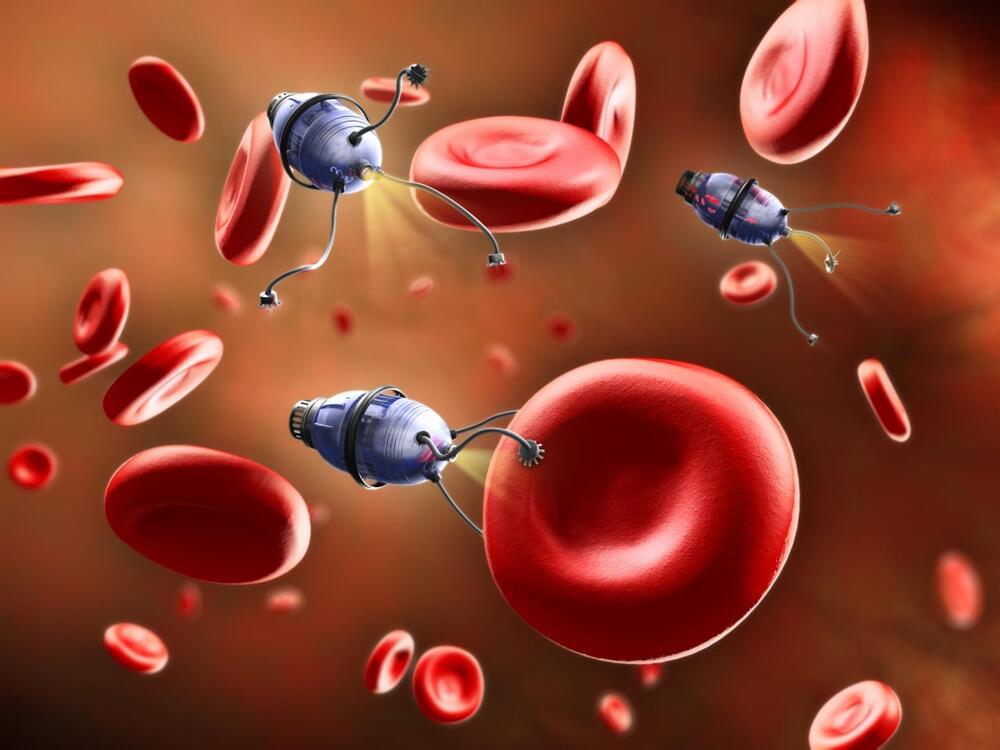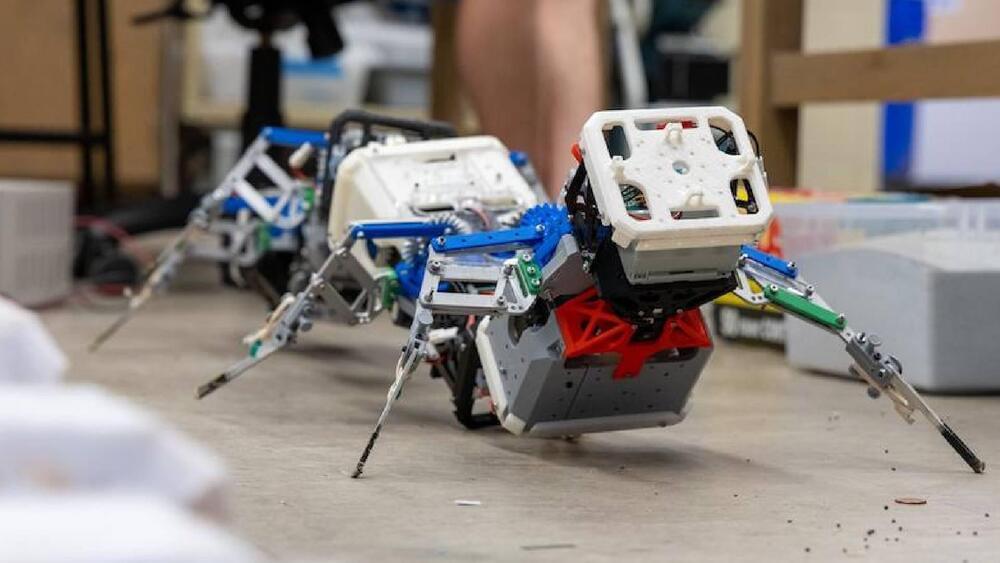Will it ever be possible for us, humans, to travel to another star system?
This video was inspired by a debate that took place on an article I wrote on that same topic.
Some peole argue the distance is just to far, therefore it will be imossible.
I this video I list some near-future technologies, something we can build within the next 200 years gven what we know today, and reach another star system.
#interstellar #starship #startrek #space.
Article on Quora where the debate took place:
Will we as humans even reach another solar system in a billion years?
https://www.quora.com/Will-we-as-humans-even-reach-another-s…S-Friedman.
Links:





